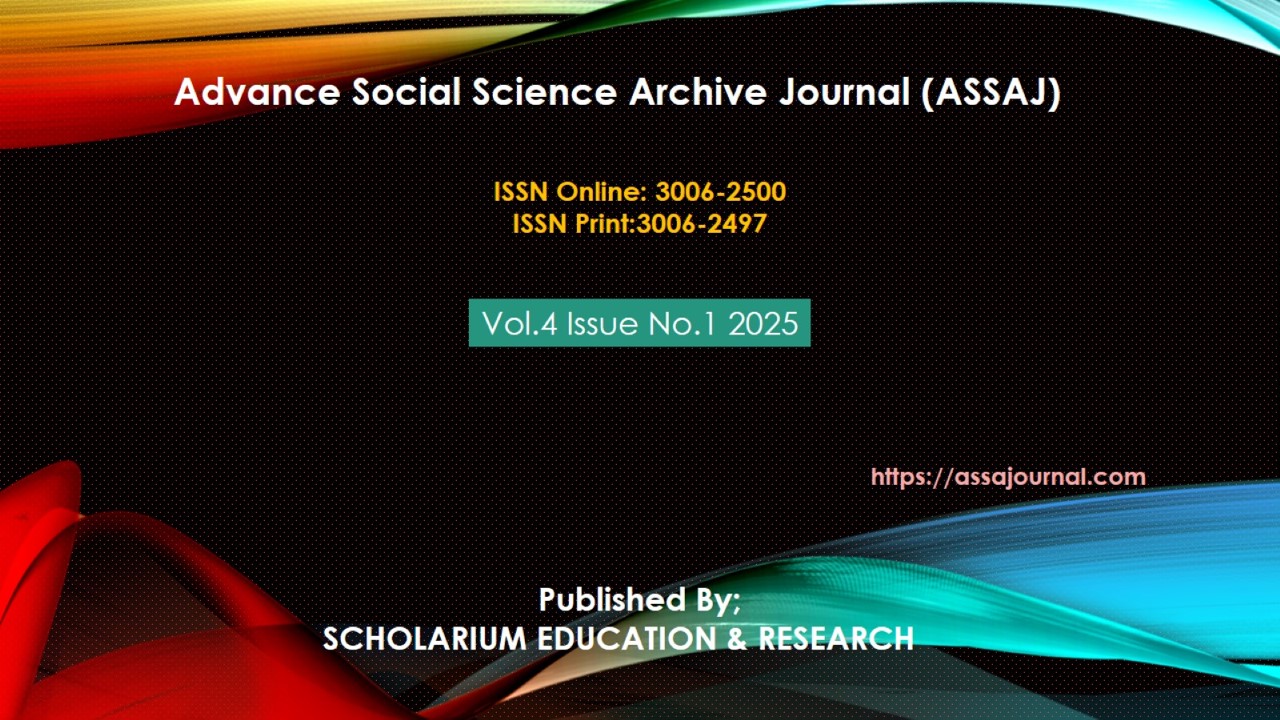AI, Automation, and the Pakistan’s Judiciary: Mapping the Ethical and Legal Boundaries of Algorithmic Justice
Abstract
Artificial intelligence (AI) is transforming the global judicial system by ensuring efficiency but not without raising ethical and legal questions. In Pakistan the contemporary move towards automation like utilising AI for case scheduling by High Court Lahore in 2023 initiated the rift between technological innovation and constitutional guarantees under Article 10A (right to a fair trial). There is lack of comprehensive legal framework which governs the use of AI in courts in Pakistan. This paper critically analyses the effect of algorithmic tools upon n judicial impartiality, transparency, and accountability. This research paper highlights structural risks of bias, opacity, and procedural unfairness through doctrinal legal analysis of constitutional provisions and landmark cases like Justice Qazi Faez Isa v. President of Pakistan, and the comparative study of the EU AI Act and China’s Smart Courts. Pakistan’s existing data and cyber laws including Pakistan Electronic Crimes Act, 2016 and the Draft Data Protection Bill (2023) have failed to address the challenges posed by judicial AI. This paper proposes the creation of an “AI Judiciary Act” based on constitutional norms focuses on the algorithmic impact assessments, transparency protocols, and institutional oversight. This research contribution will only serve as a legal blueprint for Pakistan but offers a broader insight for judicial AI regulation in developing democracies.
Keywords: Judicial Automation, Article 10A, Algorithmic Fairness, Legal Transparency, AI Judiciary Act, Constitutional Rights, Pakistan, AI Regulation, PECA 2016, EU AI Act





